Home>Articles>How To Keep Blueberries From Sticking To The Waffle Iron
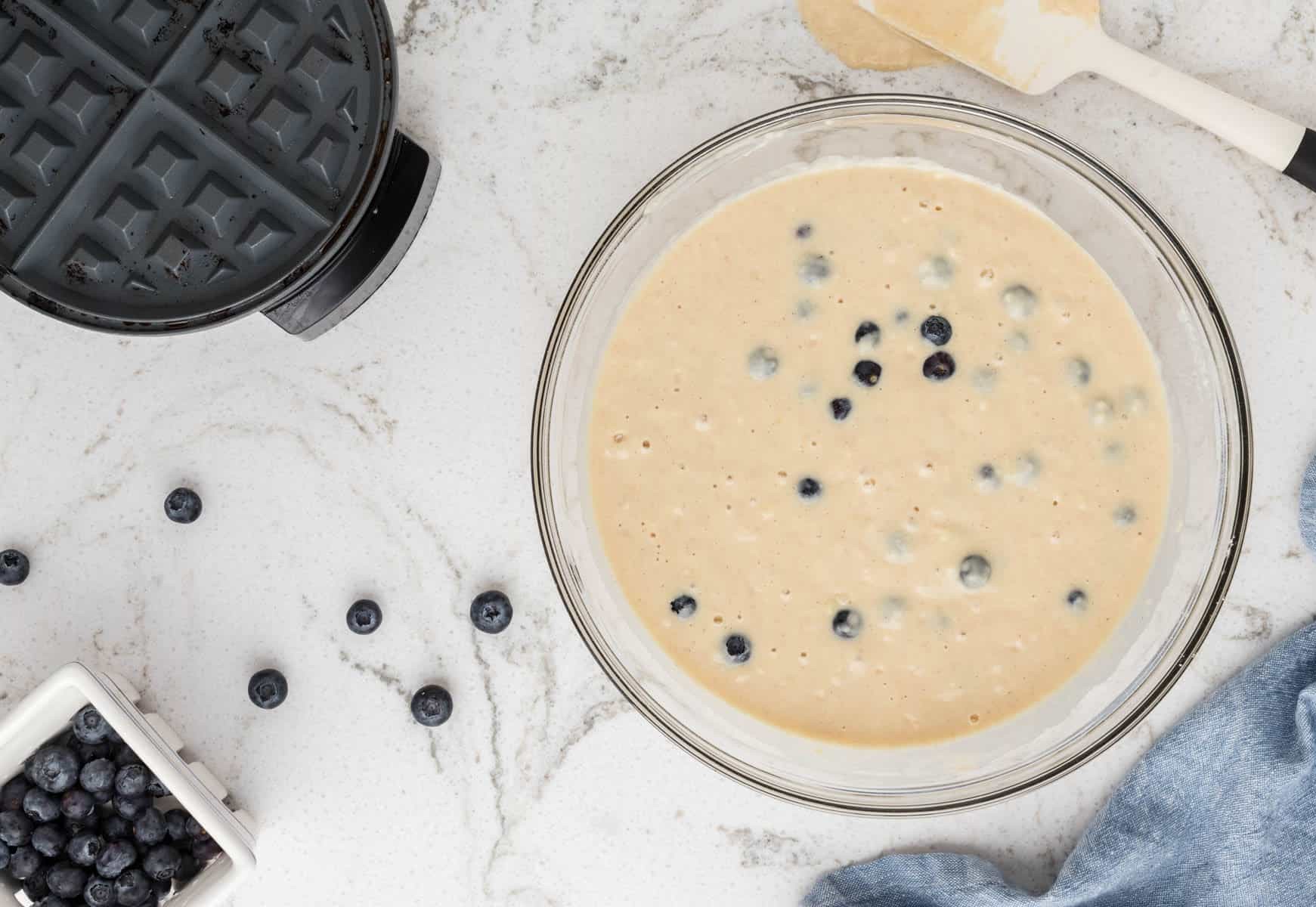

Articles
How To Keep Blueberries From Sticking To The Waffle Iron
Modified: February 29, 2024
Discover articles and tips on how to prevent your blueberries from sticking to the waffle iron and enjoy delicious, perfect waffles every time.
(Many of the links in this article redirect to a specific reviewed product. Your purchase of these products through affiliate links helps to generate commission for Storables.com, at no extra cost. Learn more)
Introduction:
Waffles are a beloved breakfast favorite, and adding blueberries to the batter is a delightful way to elevate this classic treat. However, one common issue that many people encounter when making blueberry waffles is the blueberries sticking to the waffle iron. This can lead to frustration and a less than perfect waffle. But fear not, there are several techniques you can employ to prevent those juicy blueberries from sticking to the waffle iron and ensure a delicious and evenly cooked waffle every time.
In this article, we will explore the reasons why blueberries tend to stick to the waffle iron and provide you with effective ways to mitigate this issue. From preparing the waffle iron to adjusting the cooking time, we’ll cover all the necessary steps to transform your blueberry waffle-making experience.
No one wants to deal with a waffle that gets stuck and ends up in pieces when removed from the waffle iron. By following these tips, you’ll be able to enjoy flawless waffles with blueberries that are perfectly integrated and evenly distributed throughout, making for a scrumptious and visually appealing breakfast treat.
So, let’s dive in and learn how to keep those blueberries from sticking to the waffle iron!
Key Takeaways:
- Say goodbye to sticky blueberries on your waffle iron by preheating, cleaning, and coating the surface. Adjust cooking time and consider mixing or adding blueberries after cooking for perfect, non-stick blueberry waffles.
- Elevate your breakfast experience with evenly distributed blueberries in your waffles. Prepare your waffle iron, adjust cooking time, and choose the best method for incorporating blueberries to prevent sticking and enjoy flawless blueberry waffles.
Why Blueberries Stick to the Waffle Iron:
Blueberries have a high water content, which can cause them to release moisture during the cooking process. This moisture, combined with the heat of the waffle iron, can create steam that causes the blueberries to stick to the surface.
Additionally, the natural sugars in blueberries can caramelize when exposed to heat, further increasing the likelihood of sticking. As the sugars melt and get cooked onto the waffle iron, they can create a sticky residue that makes it difficult to remove the waffle without damaging its shape.
The texture of blueberries also plays a role in their propensity to stick. The soft and delicate nature of these berries makes them more prone to sticking to the waffle iron’s ridges and crevices. If not properly handled, the blueberries can get crushed or mangled, resulting in a messy and unappetizing waffle.
Moreover, the waffle iron itself can contribute to the sticking issue. If the surface of the waffle iron is not adequately coated with a non-stick material or if it has accumulated a build-up of cooking oils and residues over time, the blueberries are more likely to stick.
Now that we understand why blueberries tend to stick to the waffle iron, let’s move on to the next section, where we’ll explore how to prepare the waffle iron to prevent this from happening.
Preparing the Waffle Iron:
Properly preparing the waffle iron is crucial in preventing blueberries from sticking. Below are some steps you can take to ensure a well-prepared waffle iron:
- Preheating: Start by preheating your waffle iron to the appropriate temperature. This allows for even heating and helps create a non-stick surface.
- Cleaning: Make sure your waffle iron is clean and free from any leftover batter or residue. Any debris or remnants from previous use can lead to sticking. Use a soft cloth or sponge to wipe down the surface of the waffle iron, and if necessary, use a non-abrasive brush to gently remove any stubborn particles.
- Coating the surface: To create a non-stick surface, apply a thin layer of cooking oil or melted butter to the waffle iron’s cooking plates. Use a pastry brush or a paper towel to evenly distribute the oil or butter. This coating helps prevent the blueberries from sticking to the surface and facilitates easy removal of the waffle after cooking.
- Non-stick spray: Another option is to use non-stick cooking spray specifically designed for baking. Spray a light and even coat onto the surface of the waffle iron to provide an added layer of non-stick protection. Be sure to follow the instructions on the spray bottle for best results.
By following these steps and properly preparing your waffle iron, you’ll create a non-stick surface that helps prevent the blueberries from sticking, resulting in perfectly cooked waffles with beautiful blueberry distribution. Next, we’ll explore the use of non-stick spray in more detail.
Using Non-Stick Spray:
Non-stick cooking spray is a convenient and effective tool to prevent blueberries from sticking to the waffle iron. It creates a thin layer of lubrication that helps facilitate easy release of the waffle and prevents the blueberries from adhering to the surface. Here’s how to use non-stick spray:
- Preparation: Preheat your waffle iron according to the manufacturer’s instructions. Ensure that the surface is clean and dry.
- Apply the spray: Holding the non-stick spray a few inches away from the waffle iron, even spray a light and even coat onto the cooking plates. Be sure to cover the entire surface, including the edges and corners. Avoid applying too much spray, as it can lead to excess oil build-up and potentially affect the taste and texture of the waffles.
- Distribute the spray: Use a pastry brush or a clean paper towel to evenly distribute the spray across the cooking plates. This ensures that the oil is evenly spread and provides maximum coverage for non-stick purposes.
- Cooking process: Proceed with pouring the waffle batter onto the preheated, sprayed waffle iron. The non-stick spray will create a barrier between the blueberries and the waffle iron, making it easier for the blueberries to release from the surface while cooking.
- Repeat as necessary: Depending on your waffle iron and the number of waffles you are making, you may need to reapply the non-stick spray between each batch. Follow the same steps mentioned above to ensure consistent protection against sticking.
Using non-stick spray provides an efficient and hassle-free method to prevent blueberries from sticking to the waffle iron. However, if you prefer not to use non-stick spray or don’t have it on hand, there are alternative methods that can help achieve similar results. We’ll explore those options in the next section.
Alternatives to Non-Stick Spray:
If you don’t have non-stick spray on hand or prefer not to use it, there are alternative methods you can try to prevent blueberries from sticking to the waffle iron. Here are a few options:
- Brushing with oil or melted butter: Instead of using non-stick spray, you can brush the cooking plates of the waffle iron with a small amount of oil or melted butter. Use a pastry brush or a paper towel to evenly distribute the oil or butter onto the surface. While this method requires more effort than using non-stick spray, it still adds a protective layer to prevent sticking.
- Dusting with flour or cornstarch: Another alternative is to dust the waffle iron with a light coating of flour or cornstarch. This creates a barrier between the blueberries and the surface, preventing them from sticking. Be sure to shake off any excess flour or cornstarch before pouring the waffle batter onto the iron.
- Using parchment paper: Placing a piece of parchment paper on the cooking plates of the waffle iron can act as a barrier between the blueberries and the surface. Cut the parchment paper to fit the size of your waffle iron and place it on the cooking plates before pouring the batter. The parchment paper can be easily discarded after cooking, and your waffles should come out without any sticking issues.
- Silicone waffle molds: If you prefer a different approach altogether, consider using silicone waffle molds. These flexible molds can be placed on top of the waffle iron, and you can pour the batter and blueberries into the molds. Since silicone has non-stick properties, the waffles will easily release from the molds without any sticking.
These alternatives to non-stick spray offer effective solutions for preventing blueberries from sticking to the waffle iron. Choose the method that works best for you based on your preferences and the resources available to you. The goal is to create a non-stick surface that ensures the blueberries are distributed evenly and beautifully throughout the waffles. In the next section, we’ll dive into another important aspect of preventing sticking: adjusting the cooking time.
Before adding blueberries to the waffle iron, toss them in a light coating of flour to prevent sticking. This will help them distribute evenly in the batter and avoid sticking to the waffle iron.
Read more: Why Do My Waffles Stick To The Waffle Iron
Adjusting the Cooking Time:
Another crucial factor in preventing blueberries from sticking to the waffle iron is adjusting the cooking time. Cooking the waffles for the appropriate duration ensures that the batter has enough time to set and cook without overcooking the blueberries, which can lead to sticking. Here’s how you can adjust the cooking time:
- Follow the recipe: Start by following the recommended cooking time provided in your waffle recipe. This serves as a general guideline to achieve a well-cooked waffle. However, keep in mind that different waffle irons have different heat settings and cooking times, so adjustments may be necessary.
- Pay attention to visual cues: As the waffle cooks, keep an eye on the color and texture. When the waffle batter is cooked and the edges are crispy, it is usually a good indication that it’s time to remove the waffle from the iron. However, be cautious not to take it out too early, as undercooked batter can also lead to sticking, especially if the blueberries have not fully cooked.
- Experiment: If you find that your waffles are consistently sticking, you may need to experiment with different cooking times. Try reducing the cooking time slightly to prevent the blueberries from becoming overly caramelized and sticking to the surface. Alternatively, if you notice that your waffles are undercooked or the blueberries are still sticking, try increasing the cooking time gradually until you find the ideal balance.
- Test with a small batch: Before making a full batch of waffles, it’s a good idea to test a smaller batch to gauge the cooking time. This allows you to make adjustments if necessary without wasting an entire batch of batter.
By adjusting the cooking time to achieve the perfect level of crispness and doneness, you can prevent the blueberries from sticking to the waffle iron. Remember that practice makes perfect, and it may take a few tries to find the right cooking time for your specific waffle iron and preferences.
Next, we’ll explore two additional techniques for incorporating blueberries into your waffles without the risk of sticking: mixing them into the batter and adding them after cooking.
Mixing the Blueberries into the Batter:
An effective way to prevent blueberries from sticking to the waffle iron is to mix them into the batter before cooking. This ensures that the blueberries are evenly dispersed throughout the waffle, reducing the chances of them settling and sticking to the iron. Here are some tips for mixing blueberries into the batter:
- Gently fold in the blueberries: After preparing the waffle batter as instructed in your recipe, take care when adding the blueberries. Use a spoon or spatula to gently fold the blueberries into the batter. Avoid overmixing, as this can burst the blueberries and release more moisture, increasing the likelihood of sticking.
- Coating the blueberries: To further prevent sticking, you can lightly coat the blueberries in a small amount of flour or cornstarch before mixing them into the batter. This helps create a protective barrier around the blueberries and reduces moisture release during cooking.
- Distribute blueberries evenly: While folding the blueberries into the batter, make sure to distribute them evenly. Aim to have a relatively equal distribution of blueberries in each portion of the batter. This helps to prevent clumping, which can cause uneven cooking and potential sticking.
- Consider smaller-sized blueberries: If you have options, consider using smaller-sized blueberries when making your waffles. Smaller blueberries are less likely to get stuck in the waffle iron’s crevices, resulting in a smoother release and less chance of sticking.
By incorporating the blueberries into the waffle batter before cooking, you ensure that they are evenly distributed and reduce the risk of sticking to the waffle iron. This technique not only enhances the visual appeal of your waffles but also ensures a consistent and enjoyable eating experience. However, if you prefer to add the blueberries after cooking, we’ll explore that option in the next section.
Adding Blueberries After Cooking:
If you prefer not to mix the blueberries into the batter, another option is to add them to the waffle after it has finished cooking. This method allows for greater control over the distribution of blueberries and reduces the chances of them sticking to the waffle iron. Here’s how you can add blueberries after cooking:
- Cooling the waffle: After removing the waffle from the waffle iron, let it cool for a couple of minutes. This allows the waffle to set and makes it easier to handle and add the blueberries without causing them to stick to the iron.
- Creating pockets: Once the waffle has cooled slightly, use a knife or fork to create small pockets or indentations in the waffle where you’d like to place the blueberries. These pockets will help hold the blueberries in place and prevent them from rolling off the waffle.
- Arranging the blueberries: Place the blueberries into the pockets or indentations you created, gently pressing them into the waffle. Aim for an even distribution and spacing of the blueberries to ensure a balanced and visually appealing presentation.
- Serving and enjoying: Once you’ve arranged the blueberries, you’re ready to serve and enjoy your waffle. The blueberries are now securely nestled within the waffle, and there should be minimal risk of them sticking to the waffle iron during the cooking process.
Adding the blueberries after cooking provides flexibility and control over the placement and distribution of the fruit. This method also allows you to visually showcase the blueberries on top of the waffle, enhancing the overall presentation.
Whether you choose to mix the blueberries into the batter or add them after cooking, both methods are effective in preventing sticking and ensuring a delightful blueberry waffle experience. Now, let’s conclude our discussion.
Conclusion:
Creating mouthwatering blueberry waffles is a delightful way to elevate your breakfast experience. However, dealing with blueberries sticking to the waffle iron can be frustrating. By following the tips and techniques outlined in this article, you can prevent blueberry sticking and achieve perfectly cooked waffles with evenly distributed blueberries.
First, it’s essential to prepare the waffle iron properly. Preheating the iron, cleaning it thoroughly, and applying a non-stick coating or using non-stick spray helps create a barrier between the blueberries and the surface, preventing sticking.
If you don’t have non-stick spray, there are alternative options such as brushing with oil or melted butter, dusting with flour or cornstarch, or using parchment paper or silicone waffle molds to achieve a non-stick surface.
Adjusting the cooking time is another crucial aspect. Pay attention to visual cues and experiment to find the optimal cooking time for your waffle iron. This ensures that the blueberries are cooked without sticking, resulting in delicious and perfectly textured waffles.
You can also choose to mix the blueberries into the batter before cooking or add them after the waffle has finished cooking. Both methods offer different advantages and allow you to control the distribution and appearance of the blueberries.
With these techniques in your culinary arsenal, you’ll be able to enjoy blueberry waffles that are not only visually appealing but also cooked to perfection. Say goodbye to the frustration of sticky blueberries and welcome a delicious breakfast treat that incorporates nature’s sweet berries seamlessly.
So, go ahead and try these tips and techniques the next time you make blueberry waffles. Enjoy the process, savor the flavors, and relish in the satisfaction of mastering the art of preventing blueberries from sticking to the waffle iron.
Frequently Asked Questions about How To Keep Blueberries From Sticking To The Waffle Iron
Was this page helpful?
At Storables.com, we guarantee accurate and reliable information. Our content, validated by Expert Board Contributors, is crafted following stringent Editorial Policies. We're committed to providing you with well-researched, expert-backed insights for all your informational needs.
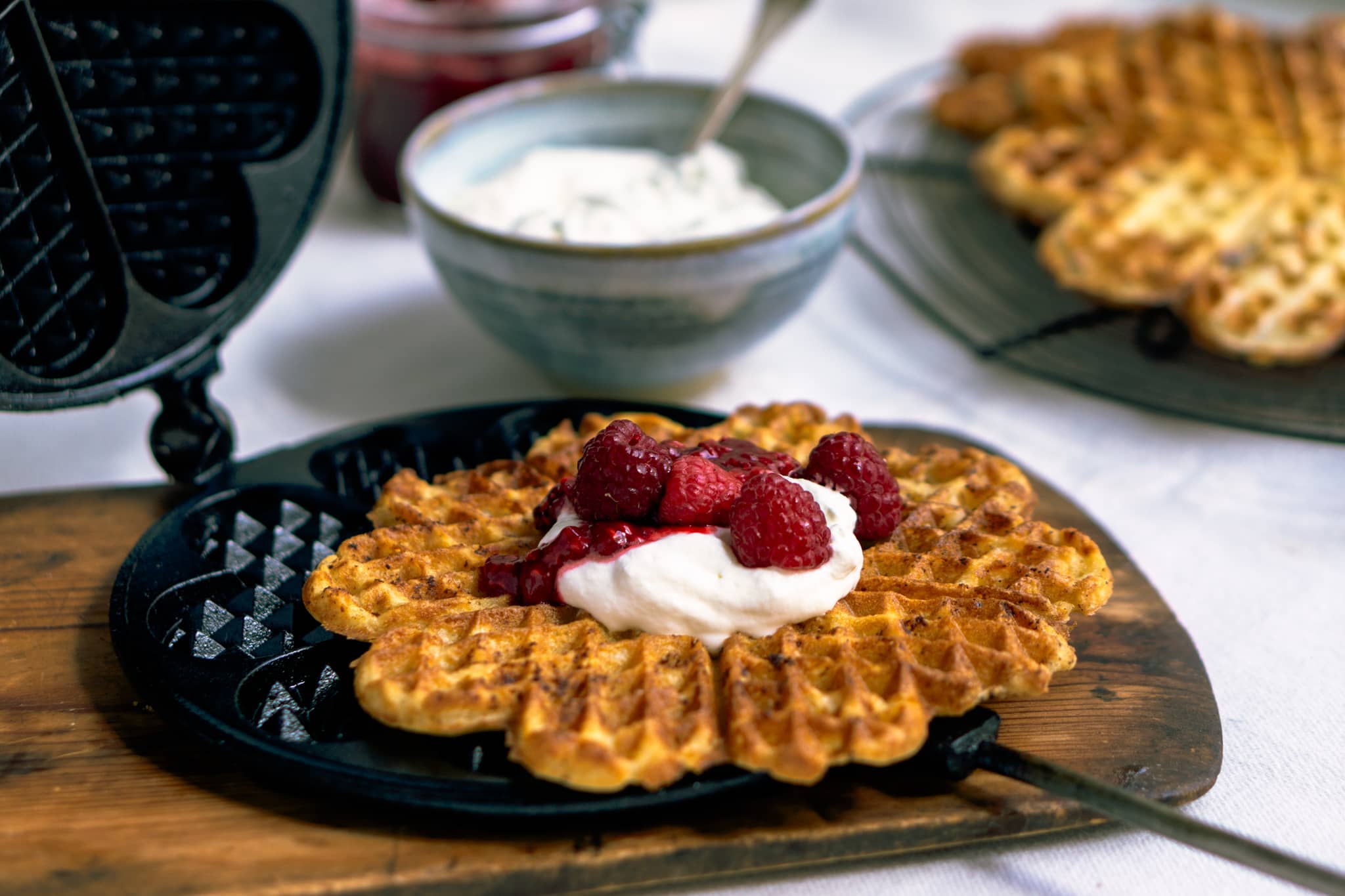
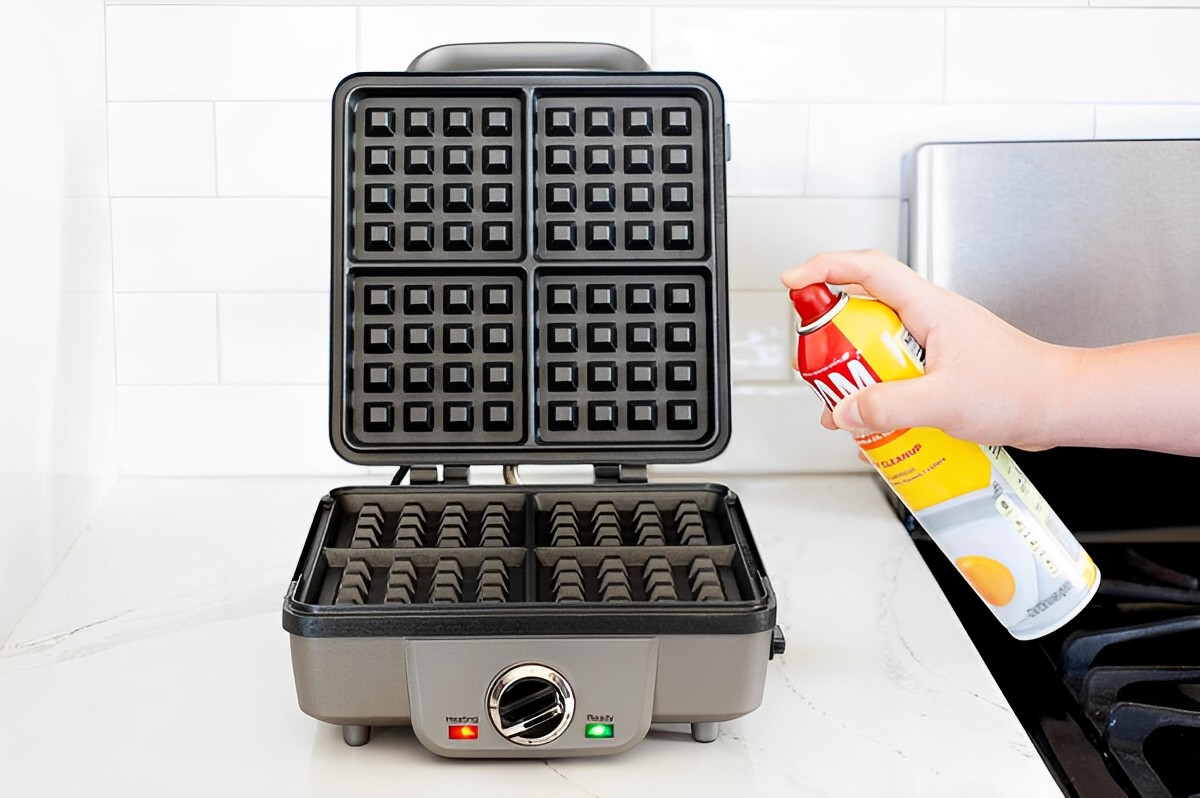
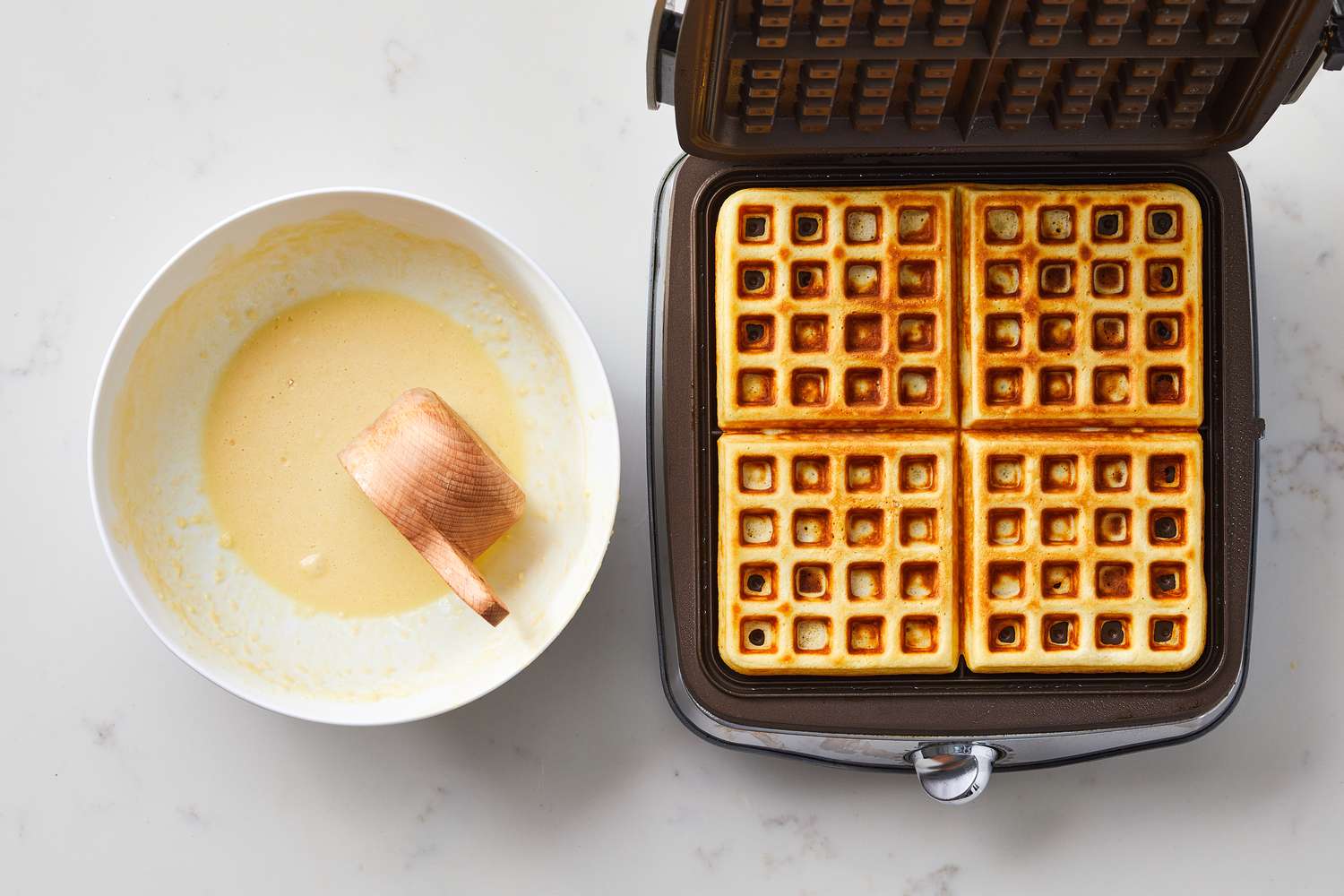
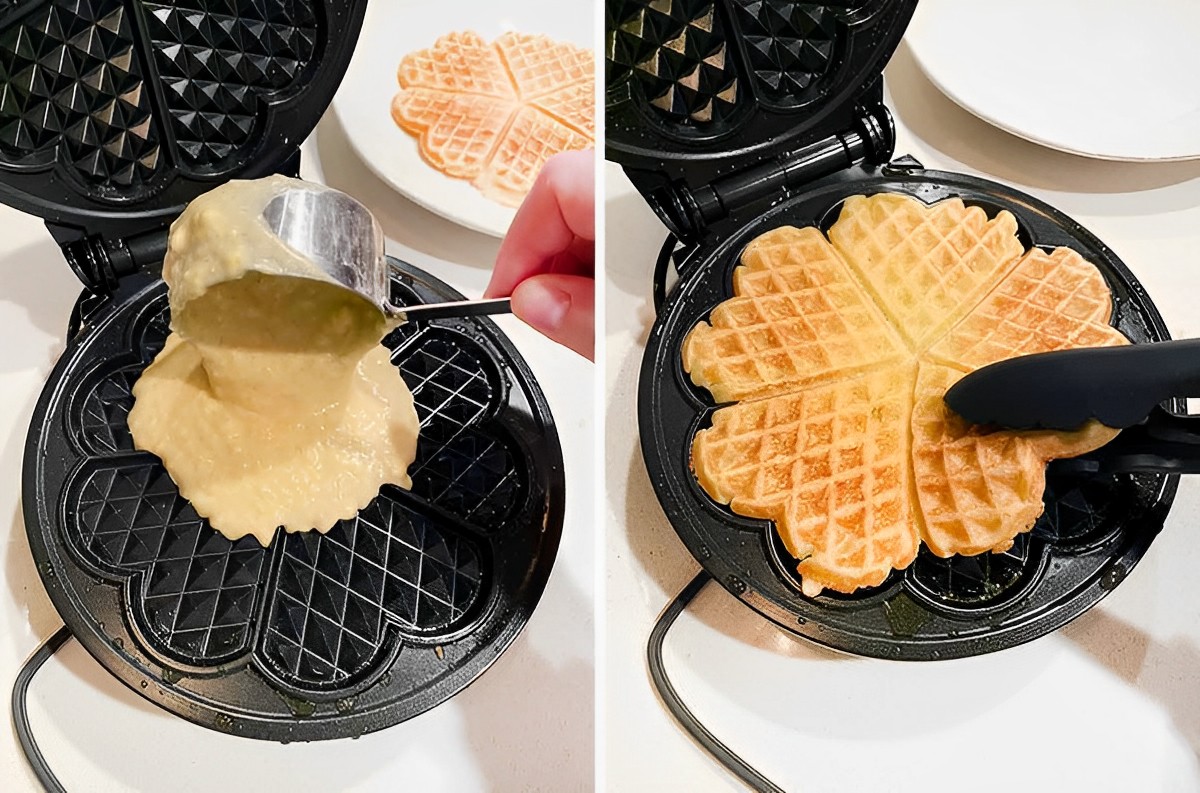
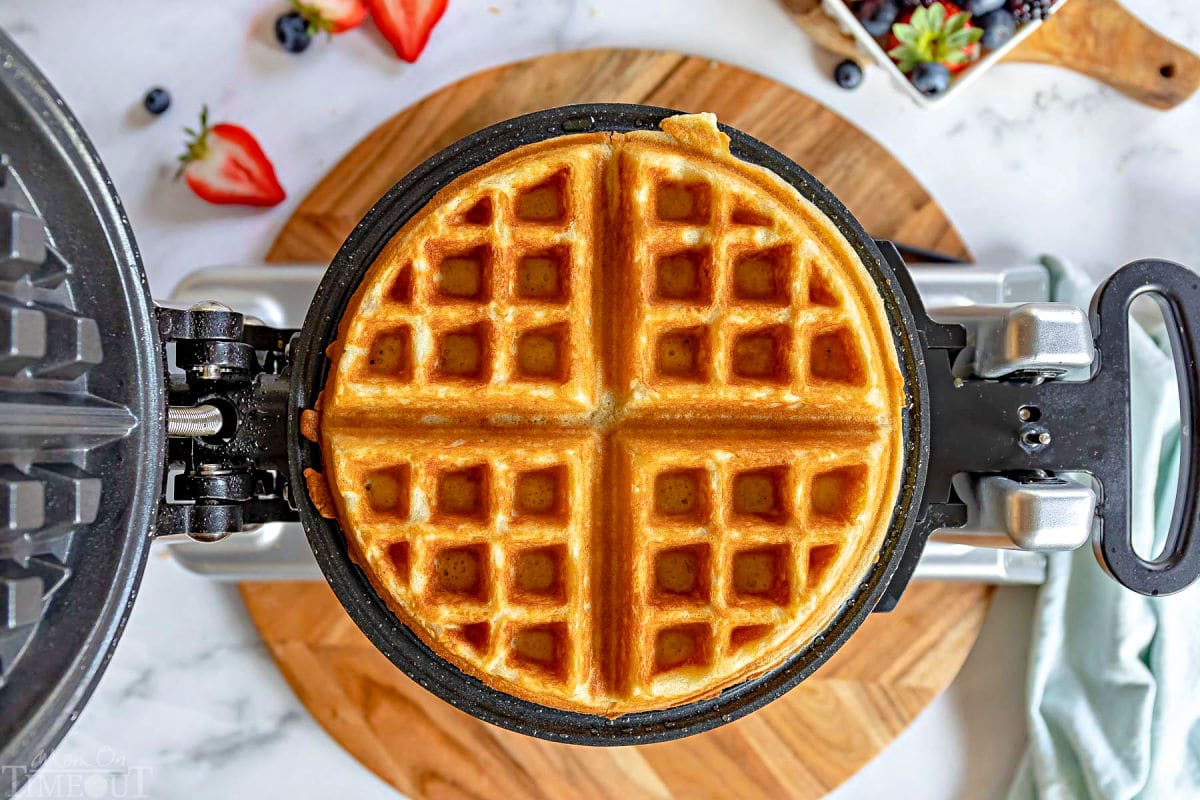
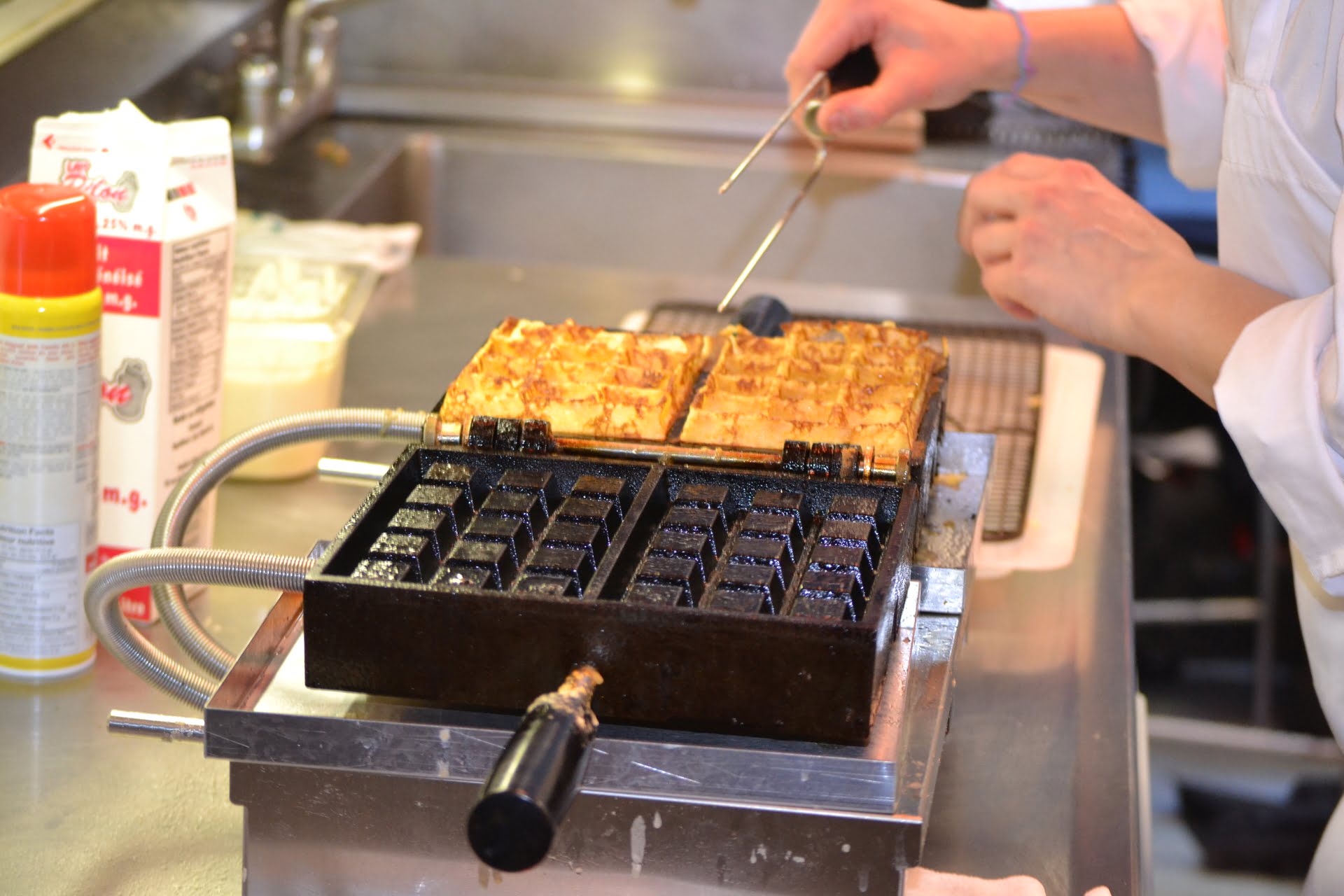
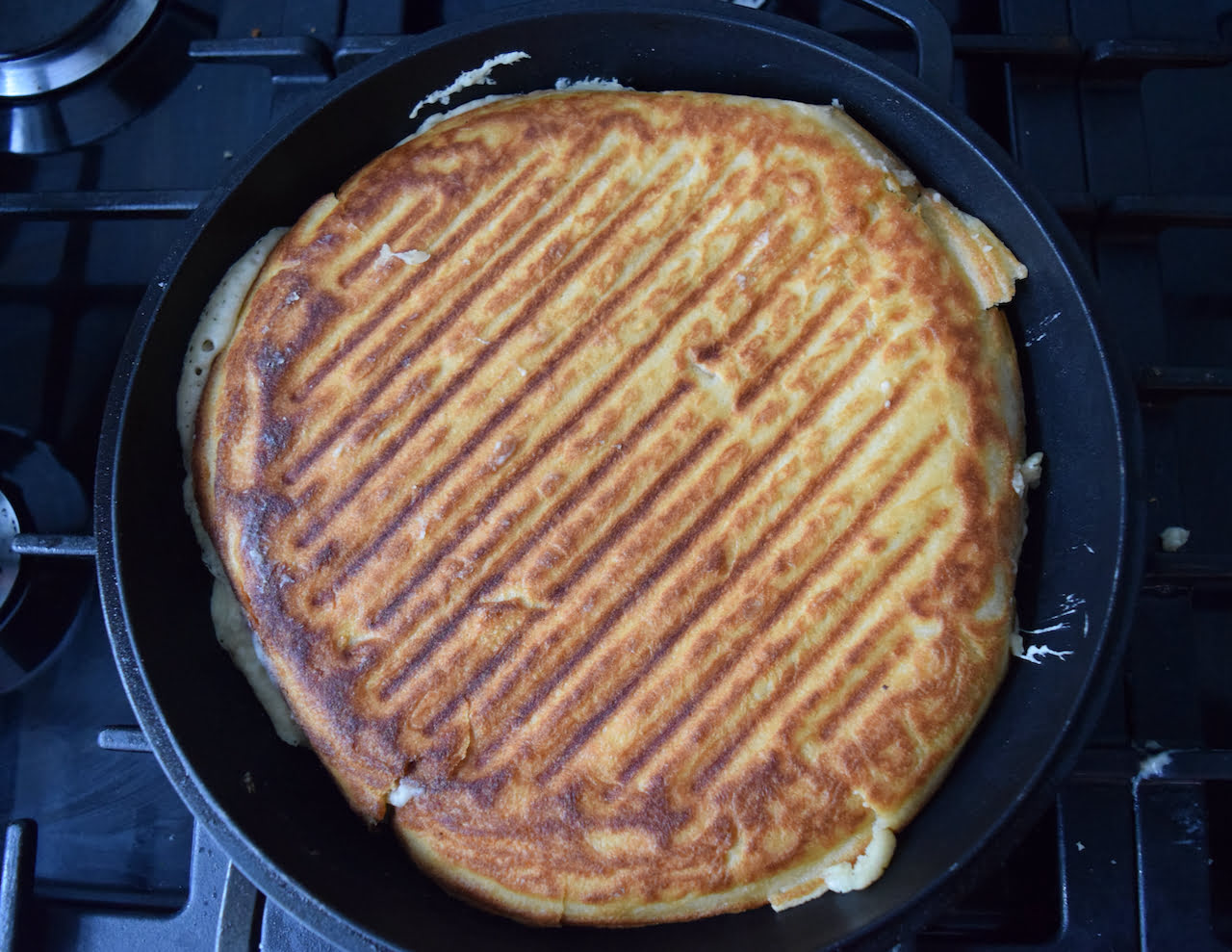
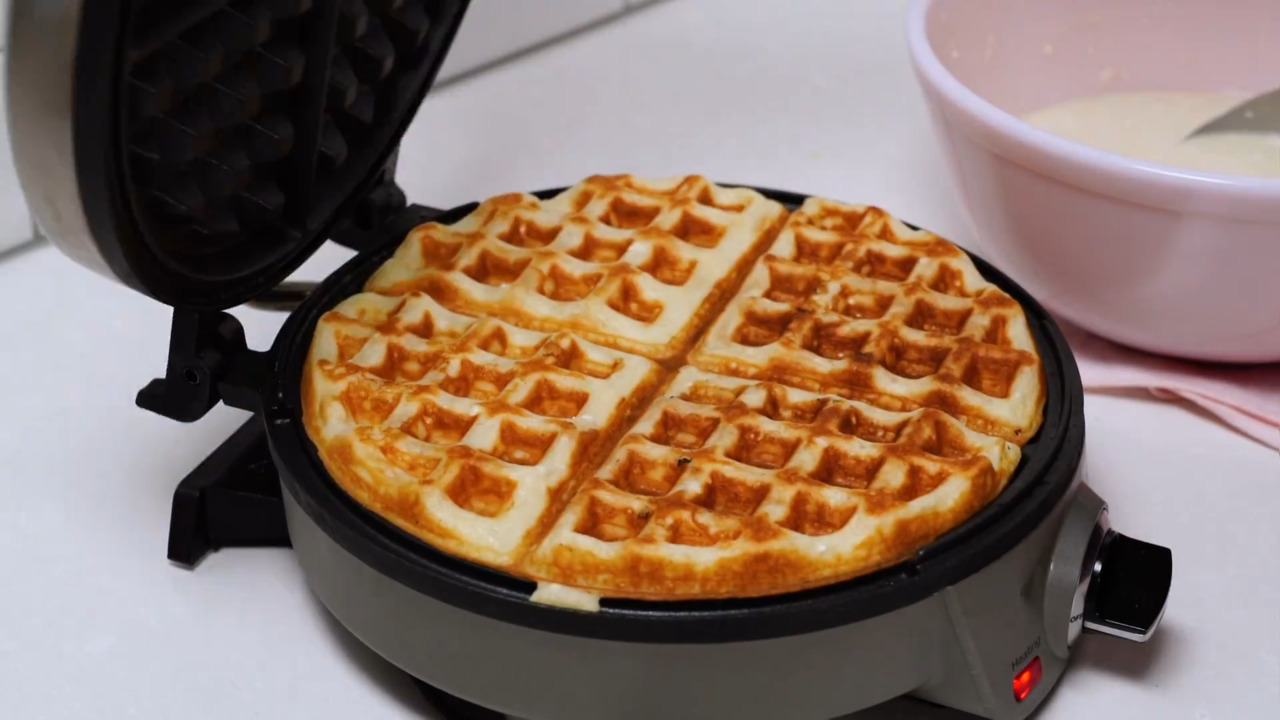
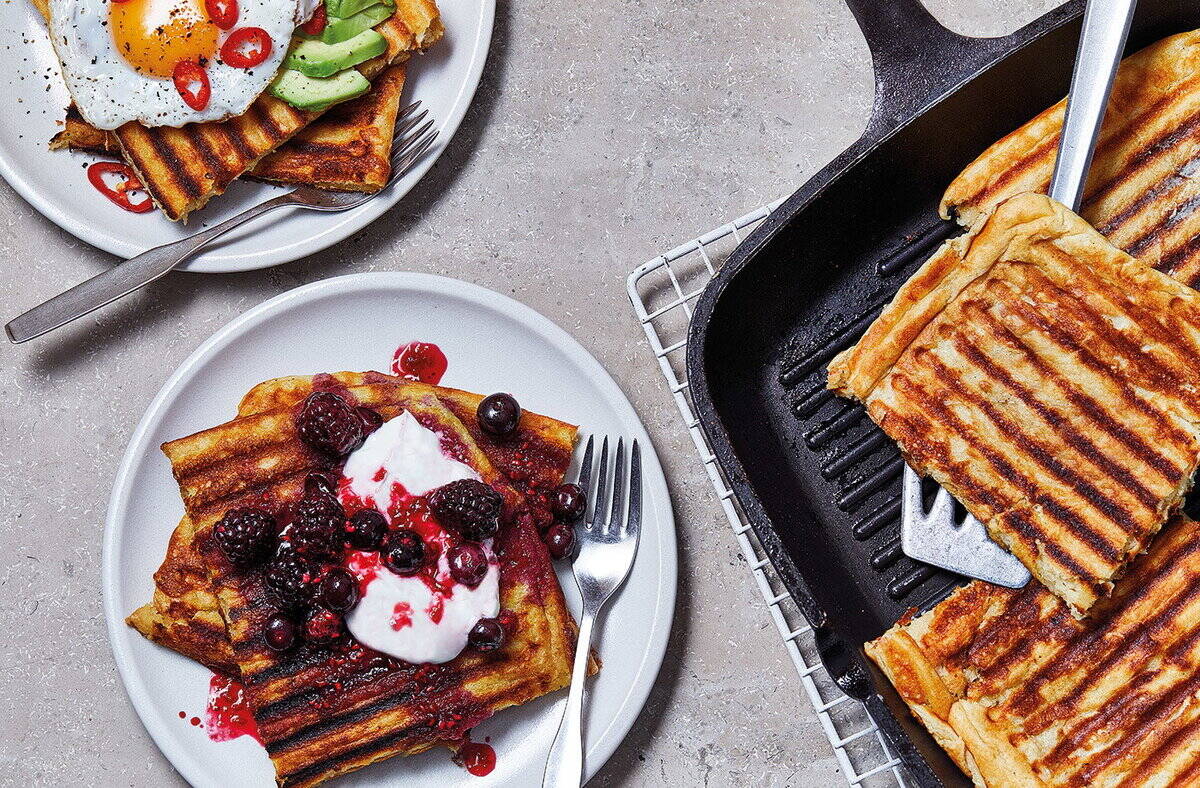
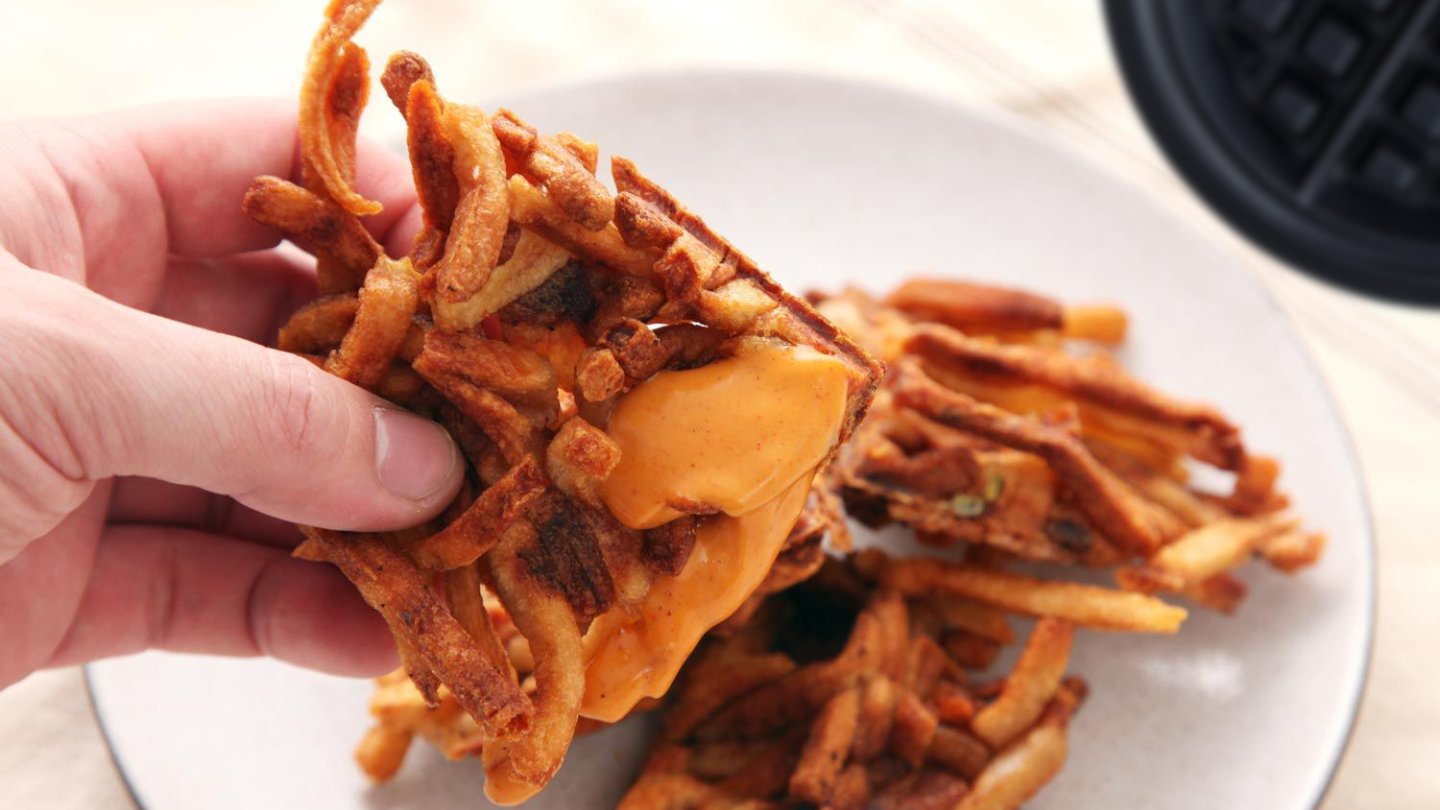
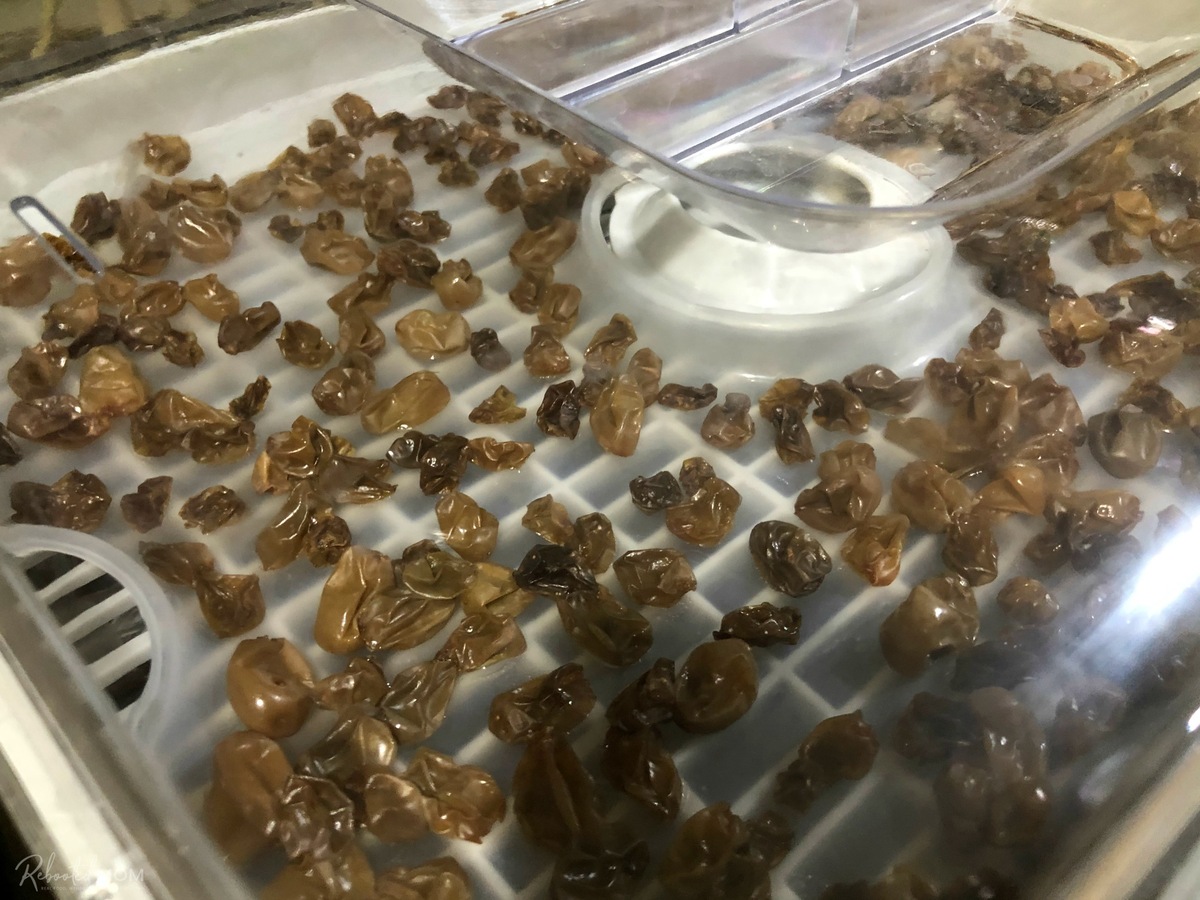
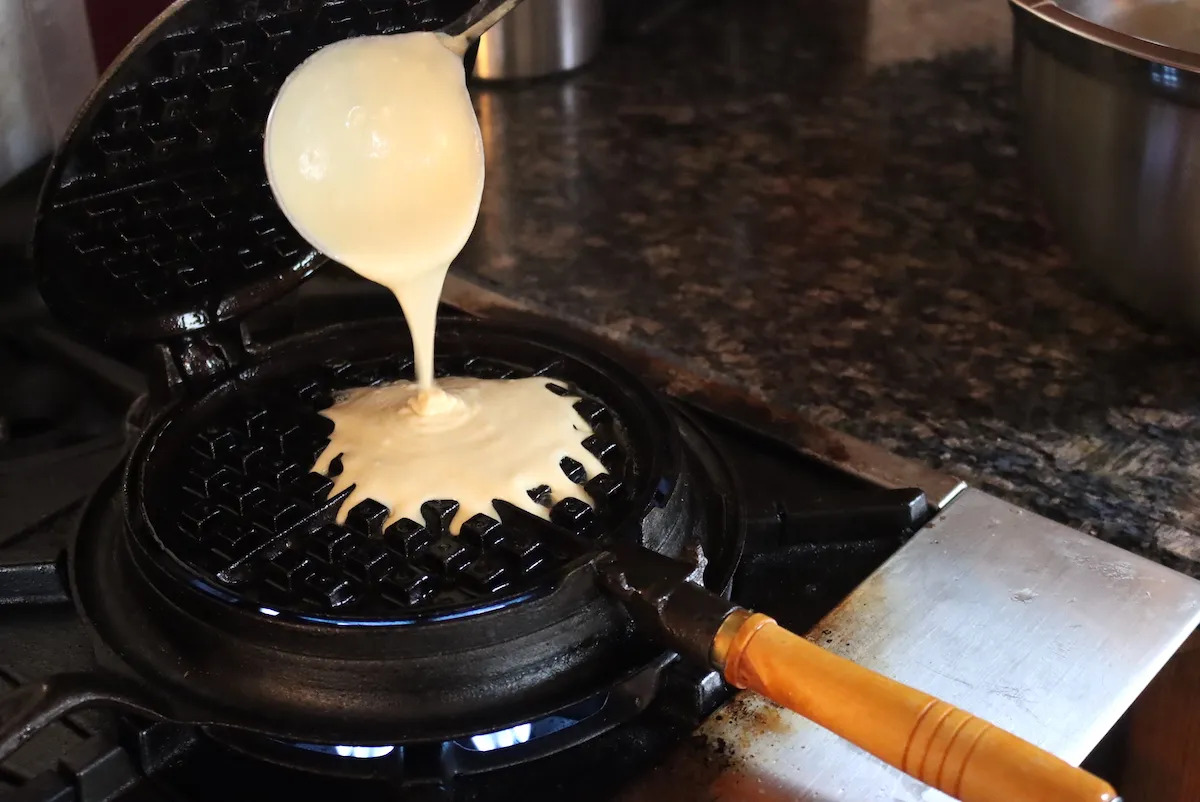
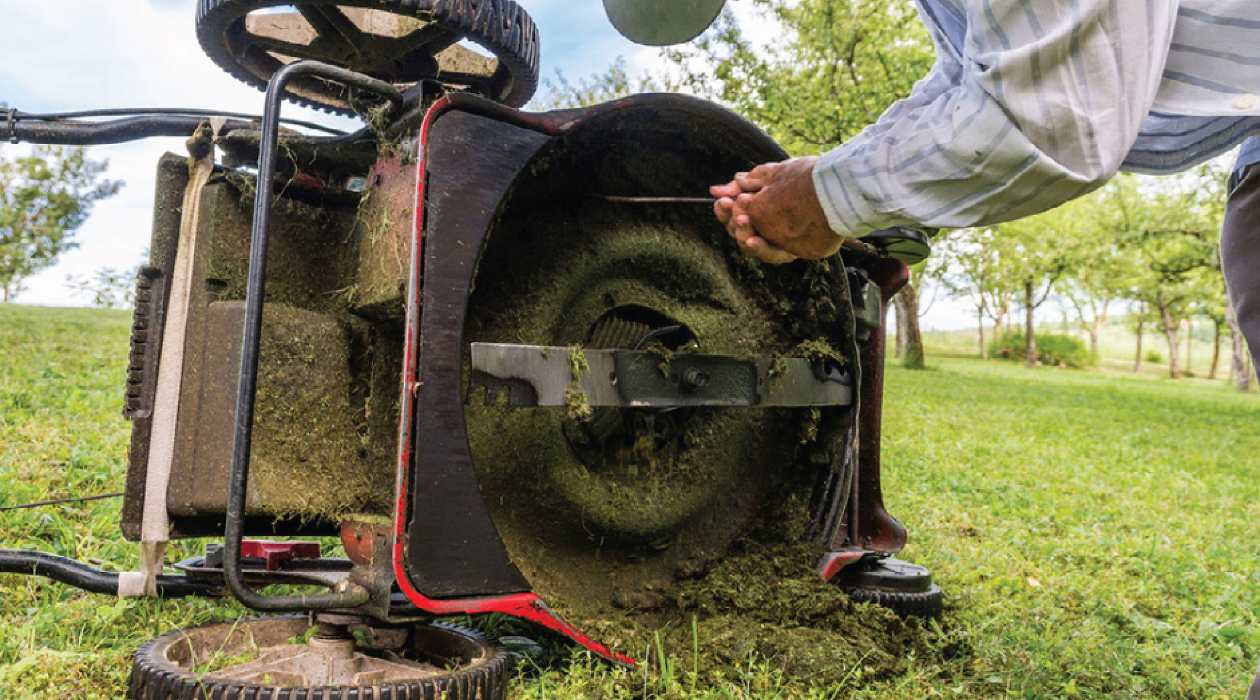


0 thoughts on “How To Keep Blueberries From Sticking To The Waffle Iron”